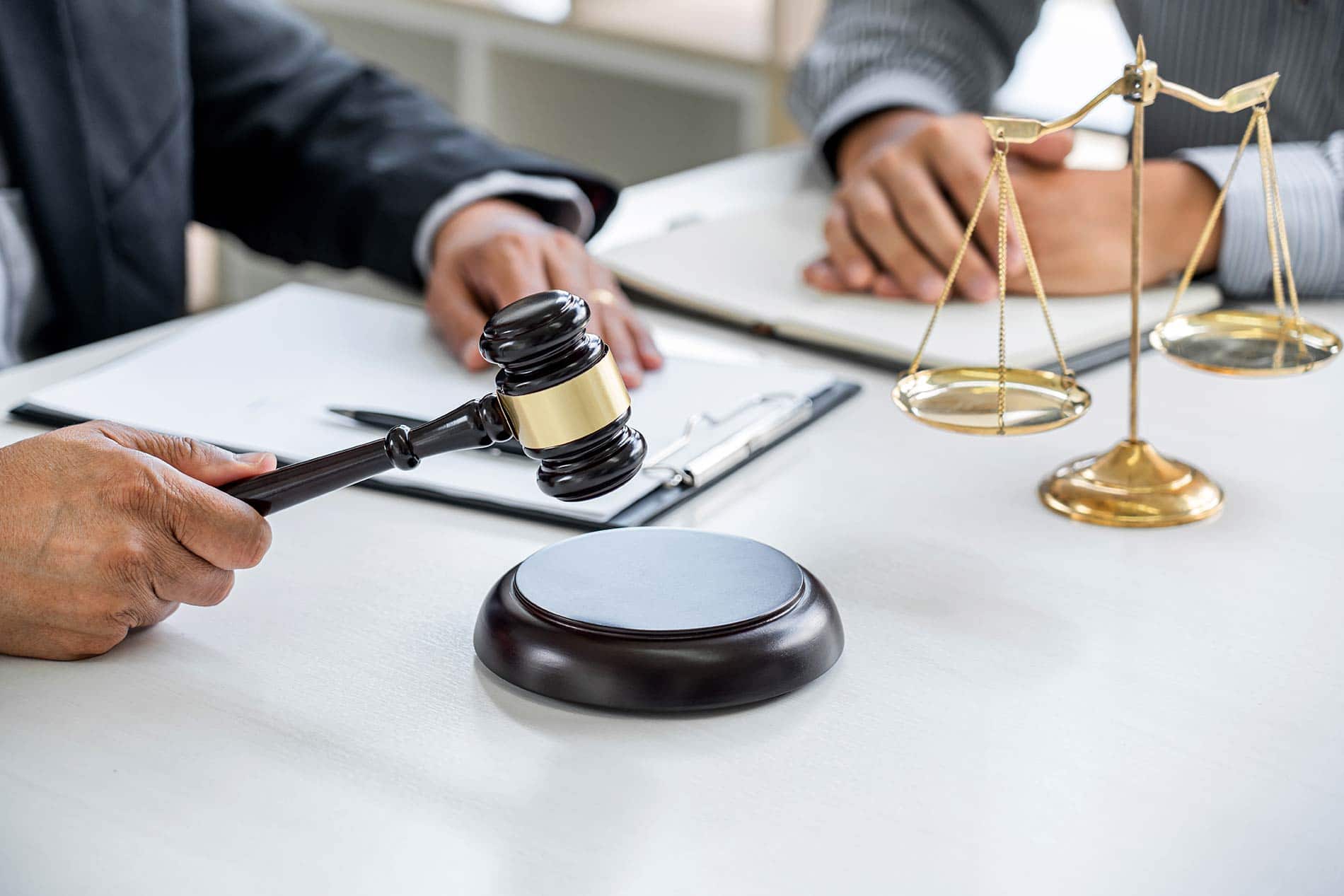
General Facts about Conveyancing for First-time Buyers
Conveyancing is a legal term for transferring a property from one person (seller) to a new owner (buyer). This article will describe the details of conveyancing and what it means to you as a buyer or seller. When you find your dream home, the next thing is to place an offer. When you do, you hope the buyer accepts yours, creates the proper paperwork and finally transfers the property to you as the new homeowner. On the other hand, you could have applied for a mortgage to get the home. When you complete these steps, the next thing is to begin the conveyancing process. The conveyancing process involves taking the proper steps legally when closing a deal and transferring the property ownership from the home seller to the buyer. Meanwhile, you don’t need to do the work by yourself. Instead, you should hire a licensed conveyancer or solicitor to care for everything. After completing the conveyancing process and you are satisfied with the outcome, you can now begin the process of exchange of ownership. Below is the full detail of what you need to know from conveyancing, including the cost, stages and key role players. What is conveyancing? Conveyancing is when a property is transferred from one person to another after the seller receives the payment. The conveyancing process ensures that the process is smooth and completely done according to the state’s rules. It also requires the services of a solicitor or conveyancer with the proper license. Below are the four primary responsibilities of a conveyancer: What is the cost of conveyancing? The cost of conveyancing varies from one country to another and from one state to another. But the minimum amount you can expect in Australia is from $600 upwards. The variation in the cost may be due to some essential factors, such as The act of conveyancing is one of the most expensive parts of the home-buying process, but it saves you many headaches. Not only will the buyer be confident in buying, but it also protects the seller’s interest. Moreover, suppose you want to buy a home on a mortgage. In that case, the lender wants to be sure that you are working with a licensed conveyancer before they even offer you the mortgage. Learn more about buying home on a mortgage. Do you need to hire a Conveyancer? Most homebuyers may even assume they don’t need a conveyancer because the real estate process appears simple enough. But when many homebuyers realize that the purchase can be tedious and complicated, it may be too late to hire one. If you have someone to break down the legal jargon, you would appreciate the conveyancing work more. In addition, you will also get a hold of the same stage of your procedure. There is no doubt that you can opt to go through a home purchase process without a conveyancer. But it is not recommended, and you can bear the consequences of whatever you encounter in the process. Remember that you may find it very difficult to get a loan or mortgage to buy a home without adding the services of a licensed conveyancer. Click here for further advice when buying or selling property. When do you pay for conveyancing? The payment of conveyancing to the property conveyancer is partly upfront before the process begins. And then, you pay the rest the same day you finalize the purchase and get the keys to the house. However, discuss in detail with your conveyancer to ensure his charges and how he would want you to pay. You can even negotiate a better deal before you start working with them to have a satisfactory agreement for both parties. Licensed Conveyancer or Solicitor, what is the difference? One of the questions you may encounter in conveyancing is whether to hire a licensed conveyancer or solicitor. Let us attempt to give a detailed differentiation. First, a licensed conveyancer is specifically trained to carry out conveyancing for a potential home buyer. On the other hand, the professional solicitor is trained in different sections of law but chooses to specialize in property law. The conclusion is that whether you decide to use a conveyancer or a solicitor for conveyancing, you can get the same services in the practical sense. How long does the process of conveyancing take? Depending on the property’s size and cost, the conveyancing of that property may take between 8 and 12 weeks. in other words, you should plan to give enough time between 2 to 3 months for your solicitor to complete the process and get you the keys. On the other hand, it might take a shorter or longer time; it all depends on many factors, some of which are stated above. For example, if the mortgage agreement is settled early, the conveyancing may be quicker than stated. On the other hand, if the solicitor can prepare and get all the necessary documents signed fast enough, you can also complete your conveyancing in no time. Conclusion You can remove all the hassles from your home purchase by hiring a professional for your conveyancing. Not only do we know what it takes to compete for the process in no time, we are a licensed company to take off every burden from you. On the other hand, we help you track the process and continue to update you on each stage we reach. What more would you want during your home-buying process? Let us know. We are here to serve your needs. Read more: Major Features of the Conveyancing Process








